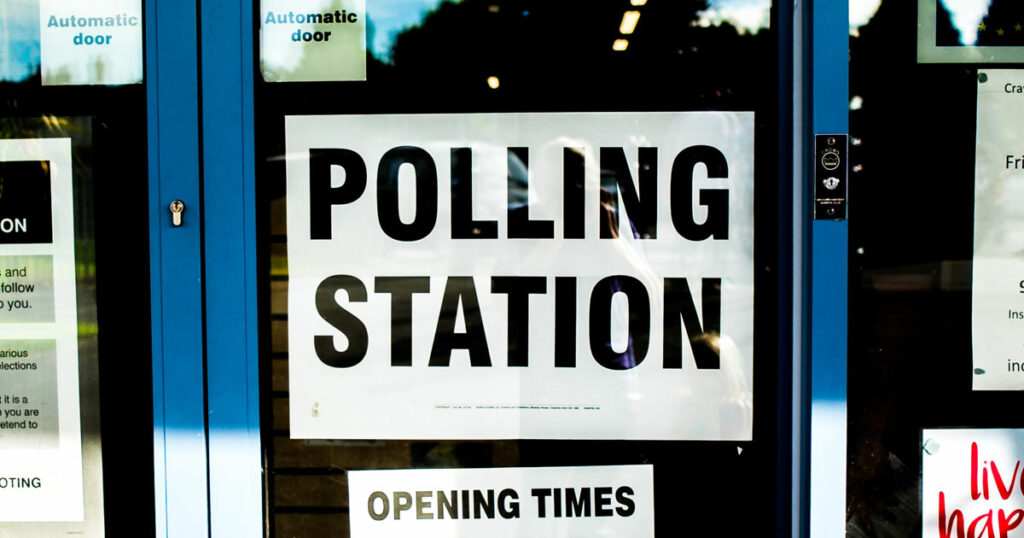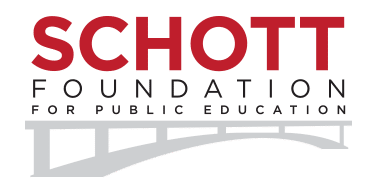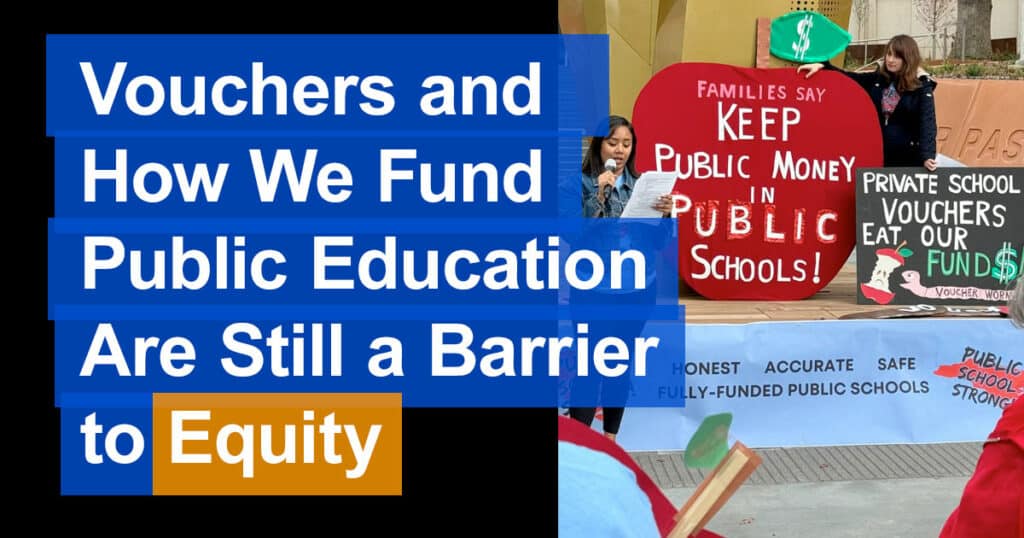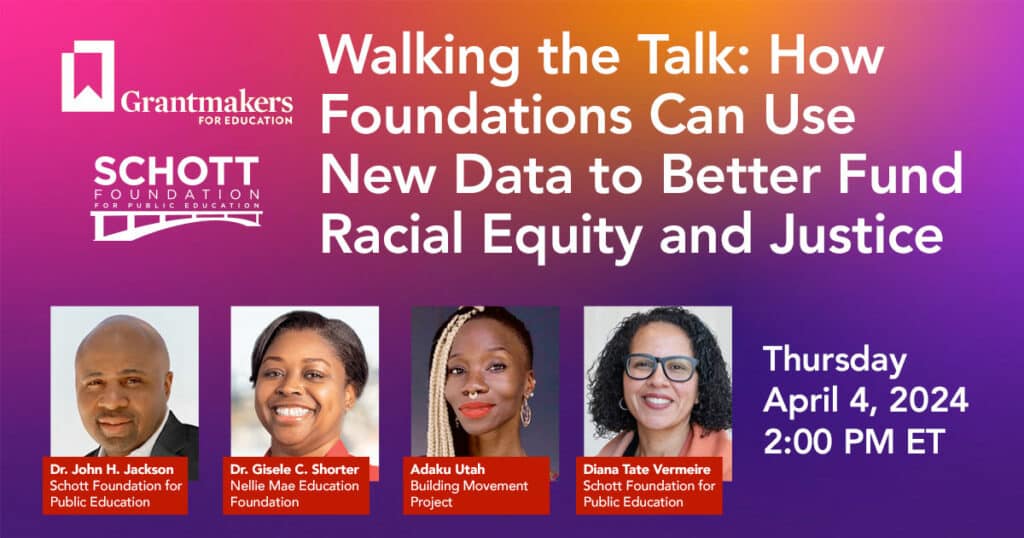Blog
Are the 2021 School Board Elections a Wake-Up Call?

School districts across the country find themselves facing reactionary agitation focused on mask mandates, vaccines, curriculum, and the rights of transgender students. As such, it should be no surprise that such ferment would make its way to the ballot box this week. With some exceptions, these normally low-turnout school board elections saw many more voters—and candidates—than usual.
Numerous political action committees have been formed over the past few years to promote far-right school board candidates. One of the earliest, the 1776 Project, was formed in 2019 to fight what it deems “critical race theory” and Nikole Hannah Jones’ 1619 Project in particular. Pennsylvania saw hundreds of thousands of dollars spent by a venture capitalist through a PAC toward conservative candidates opposing pandemic-related school closings.
Voters also cast ballots in a record number of school board recall elections. According to Ballotpedia there were eighty-four school board recall efforts this year, way up from a previous average of twenty-three. Recalls were concentrated in California, Wisconsin, and Arizona.
Mixed Results
Despite the public being primed by conservative news outlets and an influx of cash to anti-CRT candidates, school board race results were far from a wave election. In Guildford, Conn. voters soundly defeated an anti-CRT slate of candidates by a 2-1 margin. In Denver, progressive board members kept their majority, but an hour south in Colorado Springs, right-wing candidates made significant gains. In the Cleveland metro area, eight of twenty-five conservative candidates won seats.
School boards are particularly susceptible to electing fringe candidates because turnout is historically much lower than state or federal elections. But the lower turnout isn’t uniform: both the voters and candidates in school board races are disproportionately whiter than the general population. A 2018 survey found that 79% of school board members are white — a stark contrast to the racial makeup of students nationwide, who are now majority-BIPOC.
The Real Issues at Stake
The pressing issues facing school boards are clear: keeping students and educators safe from COVID-19, equitably funding schools and distributing American Rescue Plan money transparently, closing the school-to-prison pipeline, and building a curriculum that reflects the truth of our nation’s history and present. “Culture war” issues have clogged school board agendas and campaigns, distracting from what’s truly urgent and important.
The key to electing better school board members is also the key to ensuring they pass better policies: increasing community participation, and not just at the ballot box. District officials themselves can foster such participation through more accessible meetings, clear and transparent deliberation, and actively participating in budgeting the process. But much of the work must be done by the communities themselves. Neighborhoods and cities that are already organized and mobilized can much more easily resist misinformation, divisive rhetoric, and outside funds when they come knocking.
Hopefully, this school board election season is a wake-up call for those interested in racial justice but who don’t have public education on their radar. What’s needed is serious, long-term education justice organizing rooted in race and gender justice and centered on the lives of youth, parents, educators, and communities. That’s a project philanthropy can and must support.


